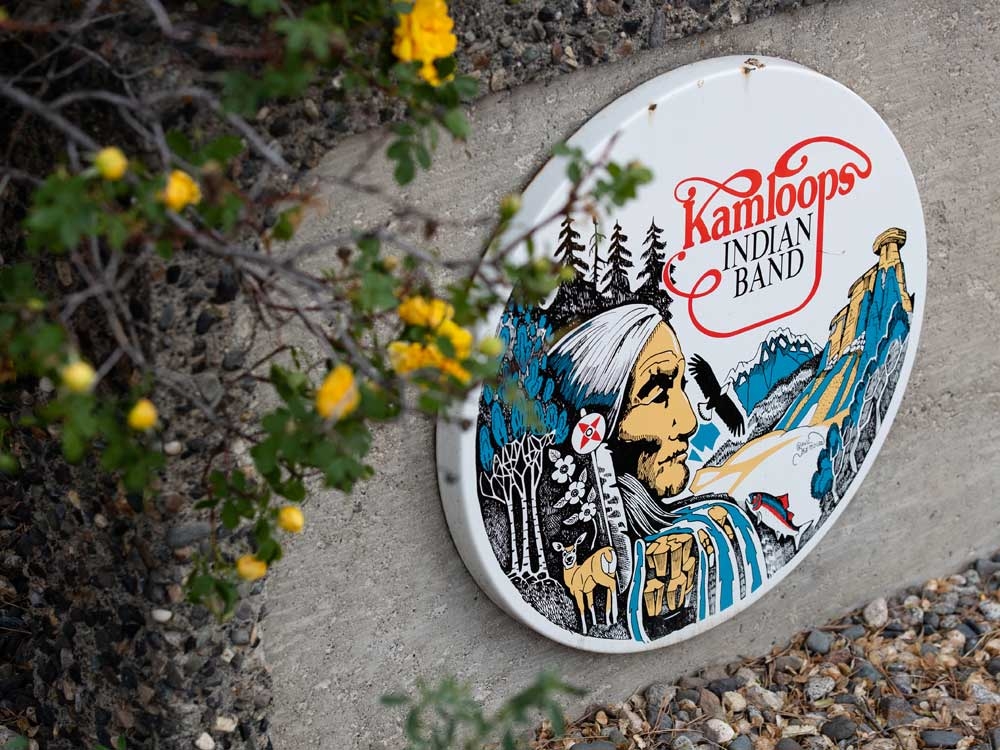Internal emails obtained from Parks Canada staff reveal that shortly after the May 2021 announcement of 215 potential unmarked graves at the former Kamloops Indian Residential School site in British Columbia, some agency personnel raised doubts regarding the certainty of the findings and the manner in which the information was communicated to the public. The initial discovery, based on ground-penetrating radar indications of soil disturbances consistent with graves, had prompted widespread attention and mourning. However, these internal correspondences suggest concern about whether the language used publicly accurately reflected the preliminary nature of the evidence, which has yet to be confirmed through excavation or forensic examination.
Staff Concerns Over Interpretation of Ground-Penetrating Radar Data
The emails, exchanged among geotechnical experts and administrative personnel within Parks Canada soon after the announcement, highlighted apprehensions about the interpretation of ground-penetrating radar (GPR) results. Some staff members cautioned that while the radar data showed anomalies in the soil consistent with burial sites, such findings cannot conclusively confirm the presence of graves without further physical examination.
One email noted that “the radar signals indicate possible soil disturbances, but these could also be attributed to natural soil variation or other non-burial-related factors.” This indicated a scientific hesitance to definitively label the anomalies as graves prior to excavation.
Concerns Over Public Messaging and Media Coverage
Several Parks Canada employees expressed unease about how the findings were presented to the public, fearing that the language employed by officials and in media reports might have overstated the certainty of the discovery. Some email correspondences called for clearer communication emphasizing that the identification of potential graves was preliminary and that confirmation would require further investigation and scientific validation.
One internal note stated, “The public announcement needs to carefully reflect the uncertainty inherent in these results to avoid contributing to misinformation or misunderstanding of the situation.” Concerns were raised that premature conclusions could influence public perception and potentially complicate future research and reconciliation efforts.
Scientific and Cultural Sensitivity Considerations
Beyond scientific caution, emails also reflected the complexity of addressing a sensitive cultural and historical issue. Staff acknowledged the profound emotional impact on Indigenous communities and the broader public, underscoring the need for respectful handling of information.
Communications emphasized collaboration with Indigenous leaders and experts to ensure that steps taken complied with cultural protocols and supported healing processes. Parks Canada personnel recognized the balance required between scientific integrity and cultural empathy in managing the discovery’s fallout.
Ongoing Investigations and Future Steps
The agency continues to work in partnership with Indigenous communities, archaeologists, and forensic experts to better understand the findings. Excavations and forensic analysis are essential for definitive confirmation and to honor the memory of potential victims appropriately.
Parks Canada has committed to transparency and periodic updates as investigations progress, while ensuring all procedures adhere to relevant legal, ethical, and cultural standards.
In conclusion, the internal emails from Parks Canada reveal an important discourse within the agency regarding the interpretation and public communication of the May 2021 findings at the Kamloops Indian Residential School site. While ground-penetrating radar data suggested possible unmarked graves, staff emphasized that these findings were preliminary and required further scientific validation through excavation and forensic analysis. The concerns raised highlight the need for careful, transparent messaging to accurately convey uncertainties and prevent misinformation. Furthermore, the agency’s commitment to collaborating with Indigenous communities demonstrates a recognition of the cultural sensitivity surrounding this issue. As investigations continue, ongoing transparency and adherence to ethical and cultural protocols remain crucial in addressing this deeply impactful discovery with integrity and respect.

